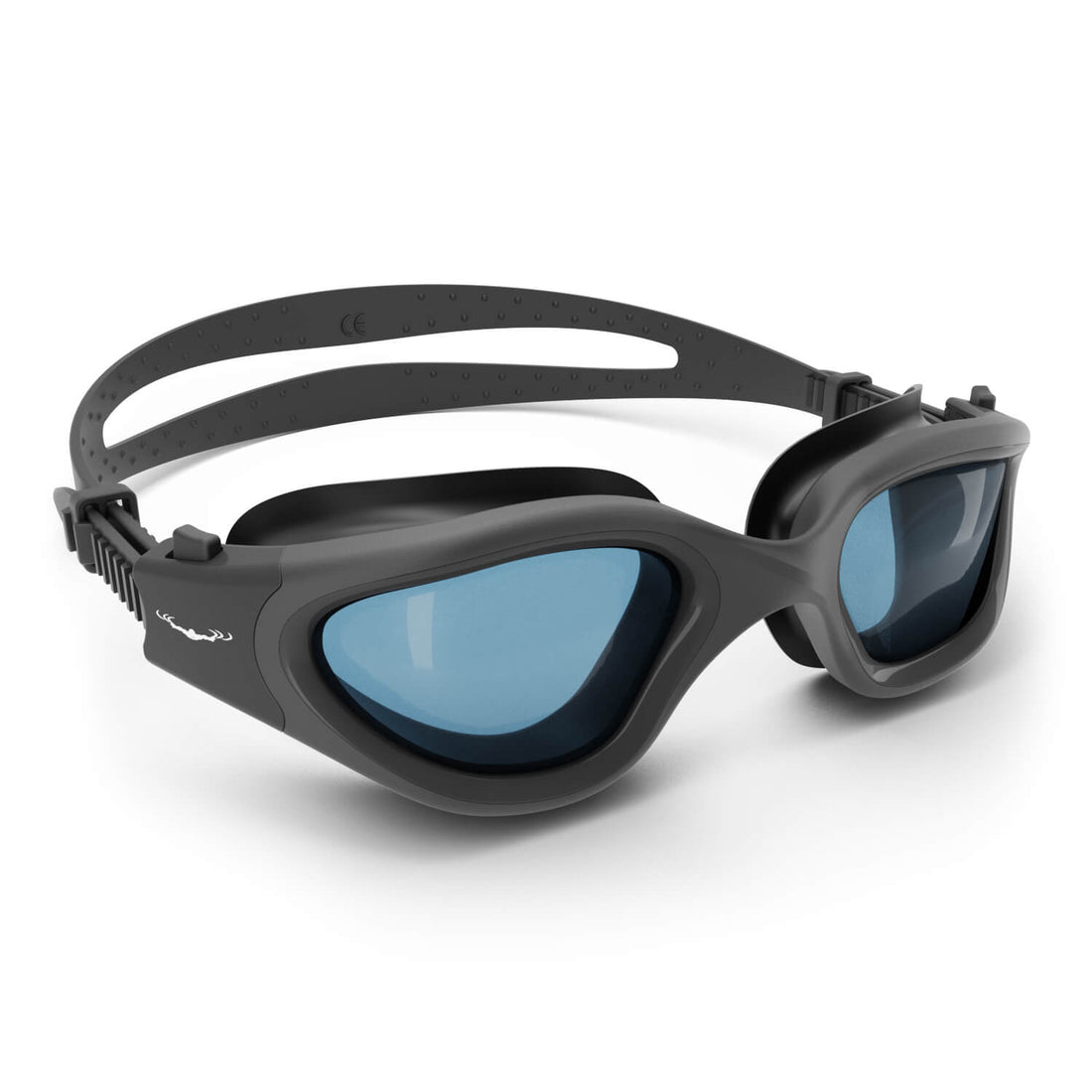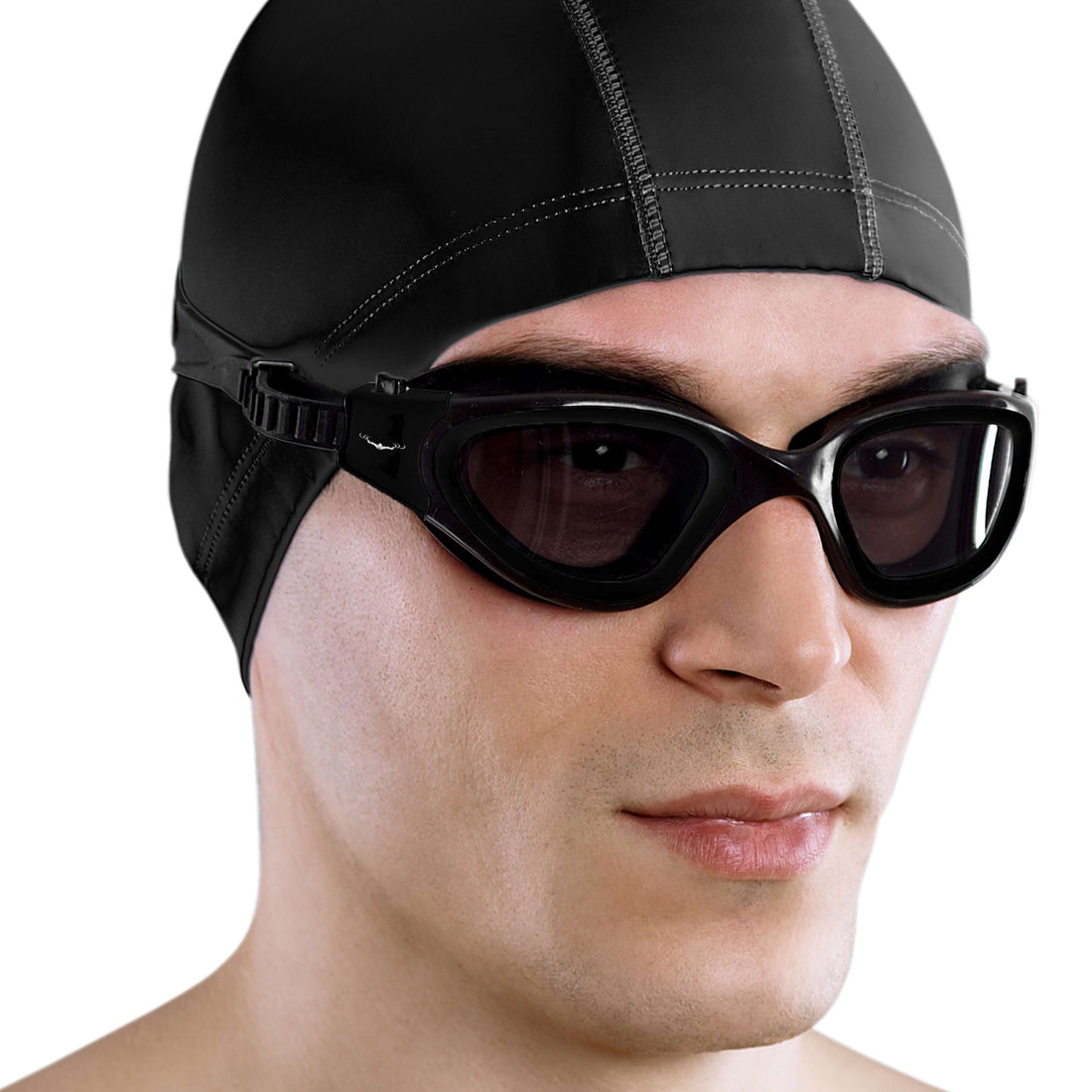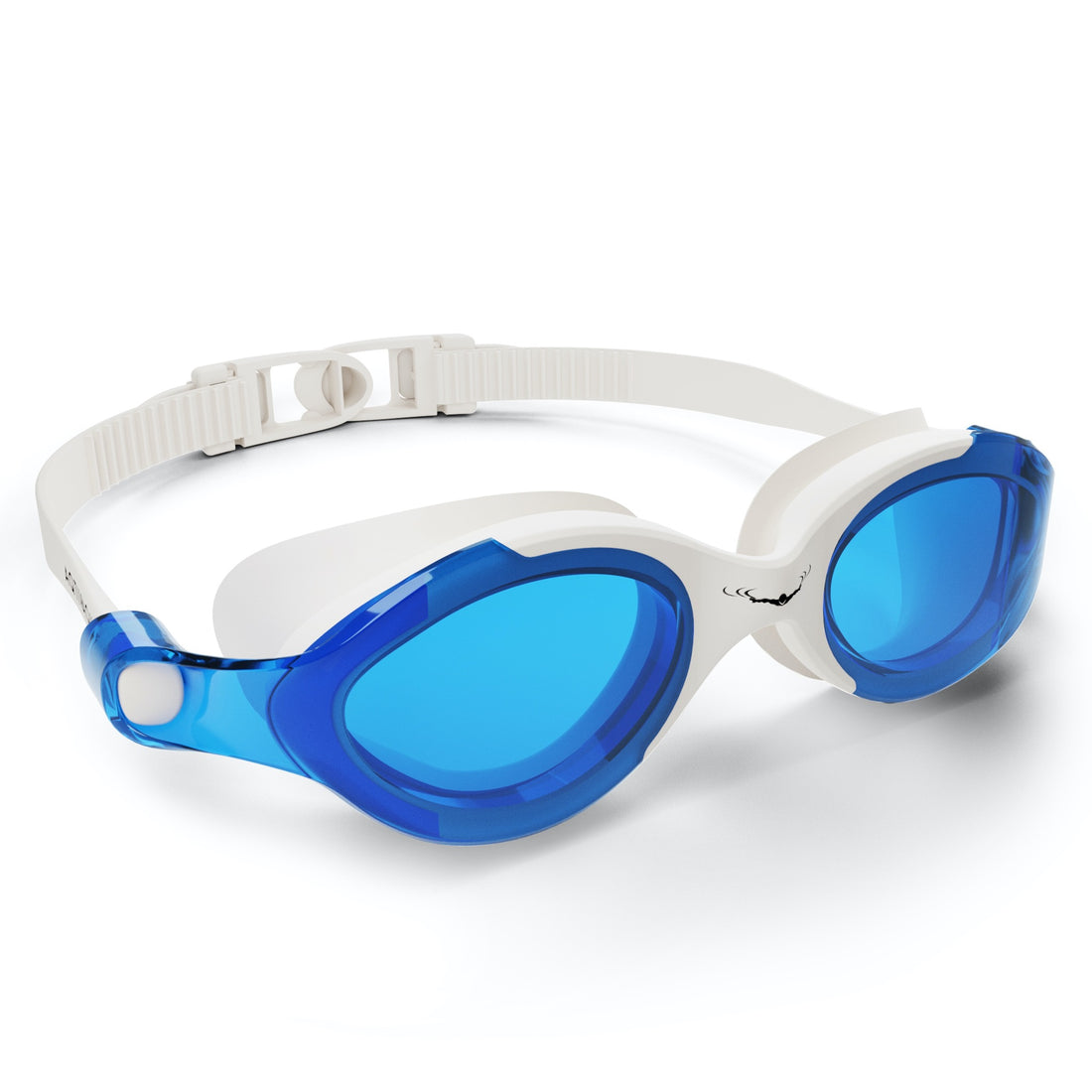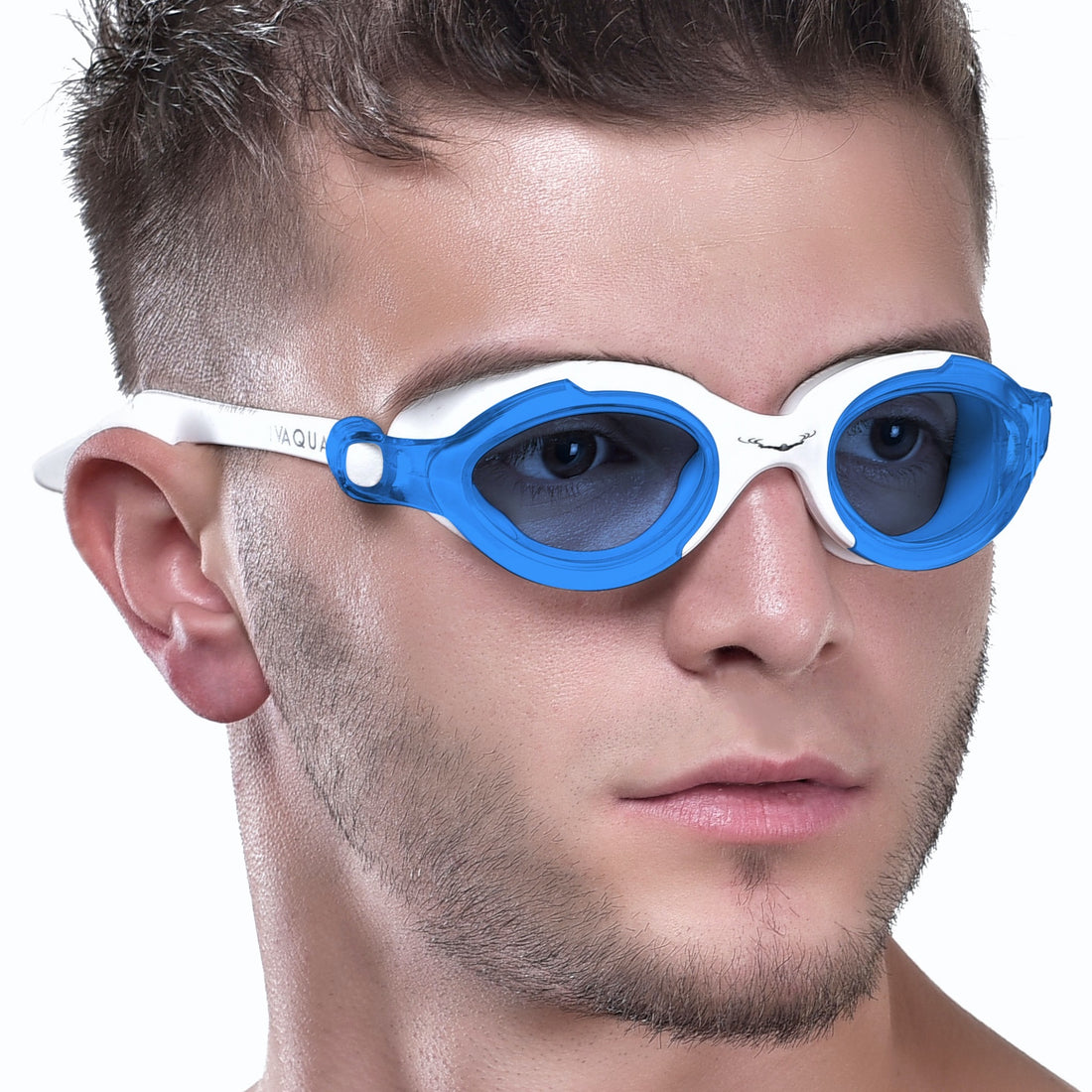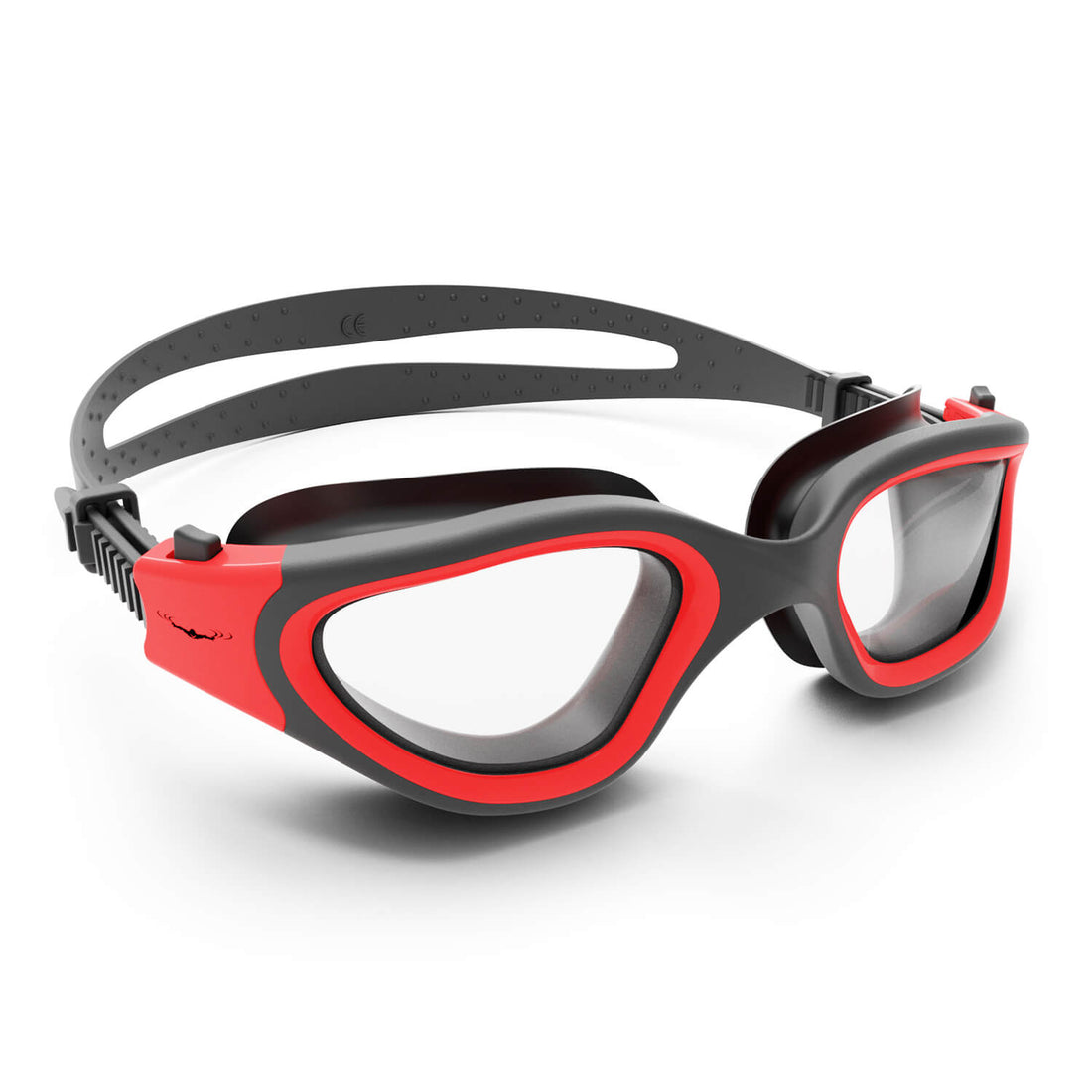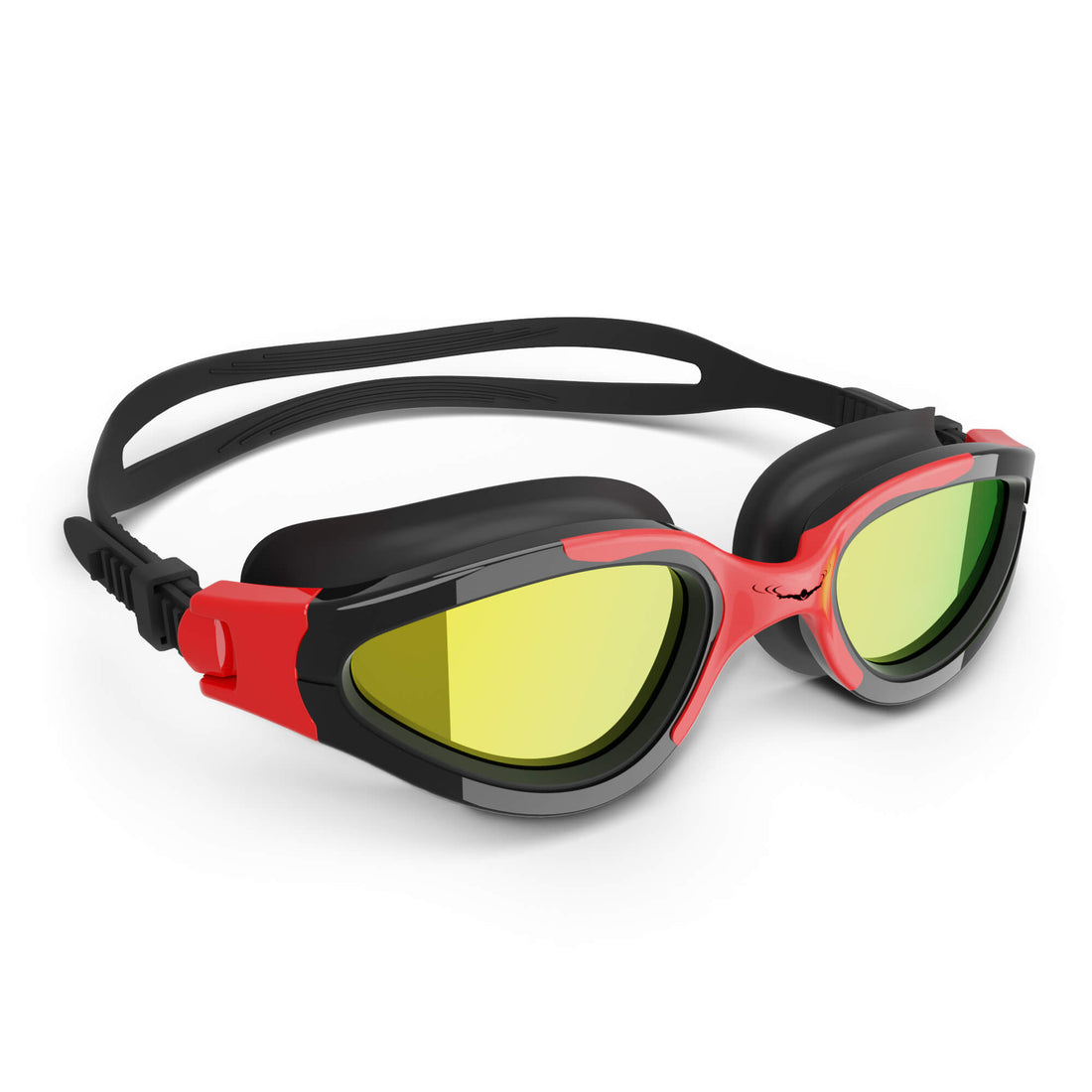Swimming is not just an enjoyable summer pastime; it's also an essential life skill that can foster a love of exercise and water-based fun. However, to make the most of this aquatic activity, it’s crucial to understand swim safety for all ages. In this comprehensive guide, we delve into the key elements that contribute to safe swimming practices, ensuring that your family can make a splash confidently and safely.
Why Swim Safety Matters
Every year, thousands of people experience accidents related to swimming, with many resulting in severe injuries or fatalities. Swim safety education is vital to preventing these incidents. It is essential to equip both children and adults with knowledge regarding safe swimming practices, the importance of supervision, and proper gear.
The Importance of Supervision
One of the fundamental rules of swim safety is supervision. Whether it's a family pool, a natural body of water, or a community pool, ensuring adults are watchful over children is crucial.
- Assign a Water Watcher: Designate an adult to be the dedicated 'water watcher', responsible for monitoring swimmers without distractions.
- Avoid Alcohol: Alcohol can impair judgment and reaction times; it's best to avoid it when supervising children near water.
- Know Your Surroundings: Familiarize yourself with the swimming area, including depth levels, potential hazards, and available safety equipment.
Understanding the Different Ages and Their Needs
Understanding swim safety requires recognizing the varying needs and abilities of different age groups. Here, we break it down by age to ensure the best practices are applied for every cohort.
Infants and Toddlers
For infants and toddlers, swim safety is centered around comfort and acclimatization to water. Proper flotation devices should be used, and swim caps can help keep hair out of their faces. Moreover, introducing them to the water gently can help them feel at ease.
Children (Ages 6-12)
Children in this age range become more active and adventurous in and around water. Here are key safety tips for this group:
- Swimming Lessons: Enroll children in swim lessons to improve their skills, confidence, and understanding of water safety.
- Use of Proper Gear: Equip children with appropriate swimming gear, such as silicone swim caps and swim goggles, to enhance their experience while providing safety.
- Know the Rules: Teach children the rules of the pool or beach, including respect for lifeguards and understanding personal boundaries with others.
Teens and Adults
As teens and adults have more experience in water, it’s essential to instill a culture of swim safety that persists throughout life:
- Self-Monitoring: Encourage teens and adults to monitor their own abilities and be aware of fatigue levels while swimming.
- Advanced Skills: Promote ongoing education through advanced swimming techniques or lifeguard courses.
- Emergency Preparedness: Ensure knowledge of first aid and CPR, as well as emergency procedures such as the location of life rings and rescue equipment.
Adolescents: Educating for Lifelong Confidence
In the teenage years, youth are generally ready for more independence around the water. Here, education and communication are critical:
- Peer Safety: Teach teens the importance of looking out for one another while swimming.
- Understanding Risks: Discuss the potential dangers of more extreme water activities, such as diving or cliff jumping, to instill caution.
- Promote Safe Habits: Encourage habits like using swim ear bands to prevent ear infections, especially if they swim regularly.
Finding the Right Gear for Safe Swimming
Safety gear plays a crucial role in ensuring swimming enjoyment without unnecessary risks. Here are some essential pieces to consider:
Swim Caps
Both silicone swim caps and traditional swim caps serve various purposes, including:
- Hair Protection: They help keep hair dry and protected from chlorine damage.
- Visibility: Brightly colored swim caps can help caregivers easily spot swimmers in the water.
Swimming Goggles
Comfortable swimming goggles provide essential protection for the eyes:
- Enhanced Vision: They minimize glare and improve visibility underwater, which is especially beneficial for young swimmers.
- Reduction of Irritation: Swimming goggles help prevent eye irritation caused by chlorine or saltwater.
Swim Ear Bands
Swim ear bands are particularly beneficial for those who frequently swim during colder months or suffer from ear issues:
- Prevention of Water Entry: They serve as a barrier, reducing the chance of water entering the ear canal, which can lead to infections.
- Comfort: They are often made from soft, comfortable materials, making them suitable for prolonged wear.
Staying Safe Around Natural Bodies of Water
When swimming in lakes, rivers, or oceans, water safety becomes even more critical. Here are some vital tips:
Check Conditions
Always check the weather and water conditions before entering. Strong currents, high tides, and sudden weather shifts can pose serious risks.
Swim with a Buddy
Never swim alone. Having a companion is essential in an emergency situation, allowing for immediate assistance if needed.
Avoiding Lifeguard-Free Areas
Swimming in supervised areas not only ensures help is close by, but it also often guarantees the presence of safety equipment like flotation devices or rescue tubes.
Emergency Preparedness: Ready for Anything
Even with all the safety precautions, things can sometimes go awry. Being prepared for emergencies can make all the difference:
Basic First Aid Knowledge
Understanding basic first aid can save lives. Enroll in courses to become familiar with how to handle drowning situations, including:
- Rescue Breaths: Knowing how to perform rescue breathing can prevent tragedy.
- CPR: If a swimmer is found unresponsive, knowing how to perform CPR can significantly impact survival chances.
Ready to Respond
Always have a plan for emergencies involving water activities, including having a cell phone on hand and knowing the quickest route to emergency services. Teaching both kids and adults how to respond to crises can make significant differences.
The Road Ahead: Advocating for Safety
Promoting swim safety is about creating lasting habits and advocating for a culture of prevention. Here’s how you can contribute:
- Engage in Community Initiatives: Get involved in local organizations that focus on swim safety education and events.
- Be a Role Model: Demonstrate safe swimming practices to instill the values in younger generations.
- Regular Safety Checks: Periodically inspect pool areas and general swimming environments for potential hazards.
Embrace the Water with Confidence
Understanding and implementing swim safety isn’t just about avoiding risks—it's about embracing the joy and freedom that water activities offer. By ensuring that everyone in your family, from the littlest swimmers to the biggest fish in the sea, is educated and equipped, you help cultivate a safe and enjoyable swimming environment. Now is the time to make every swimming experience memorable for all the right reasons!



